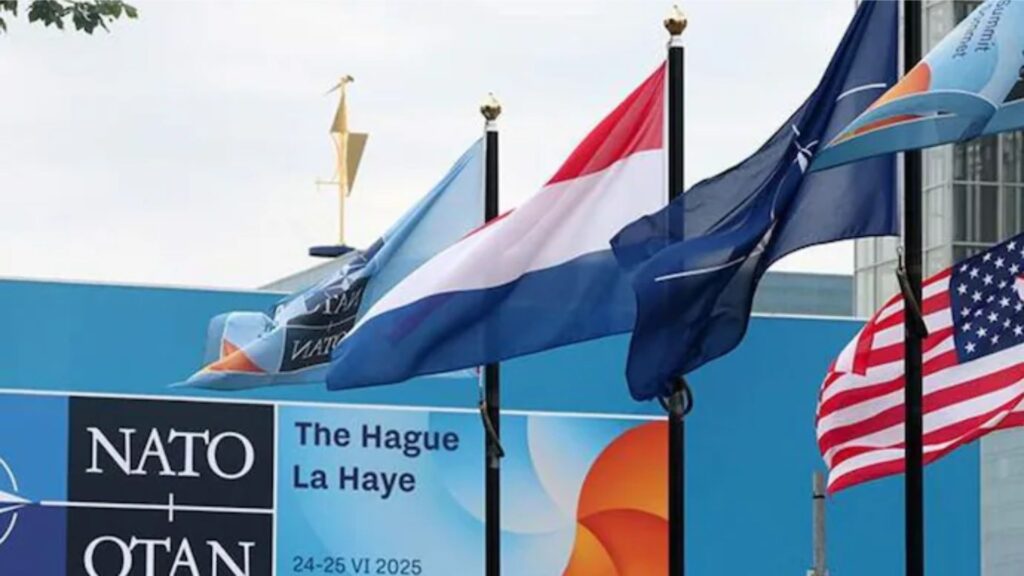
NATO leaders are poised to approve a landmark increase in defence investment during a key summit in The Hague on Wednesday, reflecting mounting global security concerns and growing pressure from U.S. President Donald Trump.
Under the proposed agreement, member states will commit to allocating 5% of their Gross Domestic Product (GDP) to defence and related security measures by 2035. This represents a significant rise from the alliance’s longstanding 2% benchmark.
Breakdown of the New Spending Commitment
The 5% target will be divided into two categories:
- 3.5% of GDP will be dedicated to core defence spending, which includes military personnel, weapons systems, and combat readiness.
- 1.5% of GDP will be directed toward broader security needs, such as cyber defence, energy security, and infrastructure to enhance military mobility.
This expanded definition of defence spending is intended to reflect the evolving nature of security threats, from hybrid warfare and cyberattacks to the protection of strategic supply chains.
Significance of the Shift
Though 22 of NATO’s 32 members currently meet or exceed the 2% target, moving to a 5% threshold marks a substantial leap in financial and strategic commitment. In 2024, collective NATO defence spending stood at 2.61% of GDP, with stark contrasts between countries—Poland exceeded 4%, while Spain remained below 1.3%.
Had all members met the proposed 3.5% core defence spending level last year, NATO’s overall defence expenditure would have exceeded $1.75 trillion—far above the $1.3 trillion that was actually spent.
Implementation Timeline and Monitoring
The alliance has set 2035 as the deadline for achieving the new spending goals, with a comprehensive review scheduled for 2029 to assess member progress and make necessary adjustments.
Driving Forces Behind the Decision
Several key factors have prompted this historic shift in defence policy:
- Russia’s ongoing invasion of Ukraine and the possibility of a wider regional conflict.
- Growing concerns about a potential U.S. military pullback from Europe, especially in the event of a second Trump presidency.
- A broader reassessment of Europe’s capacity to ensure its own security independently of American forces.
“NATO must prepare for a future in which it has to take on more responsibility,” said NATO Secretary-General Mark Rutte, highlighting urgent needs in air defence systems, heavy weaponry, drones, and recruitment.
Dissenting Voices and Compliance
While the proposal has garnered wide support among member states, there are some dissenters. Spanish Prime Minister Pedro Sánchez has indicated that Spain will aim for a defence expenditure of 2.1% of GDP, despite signing the final communiqué.
Nevertheless, NATO officials have emphasized that there are no opt-outs from the new target, and compliance will be closely tracked to ensure that all allies are moving in step toward the collective goal.
As the security landscape continues to evolve, this bold new strategy reflects NATO’s resolve to adapt, invest, and remain a formidable force in defending its member states.






